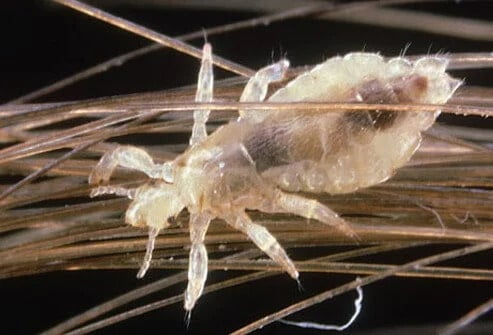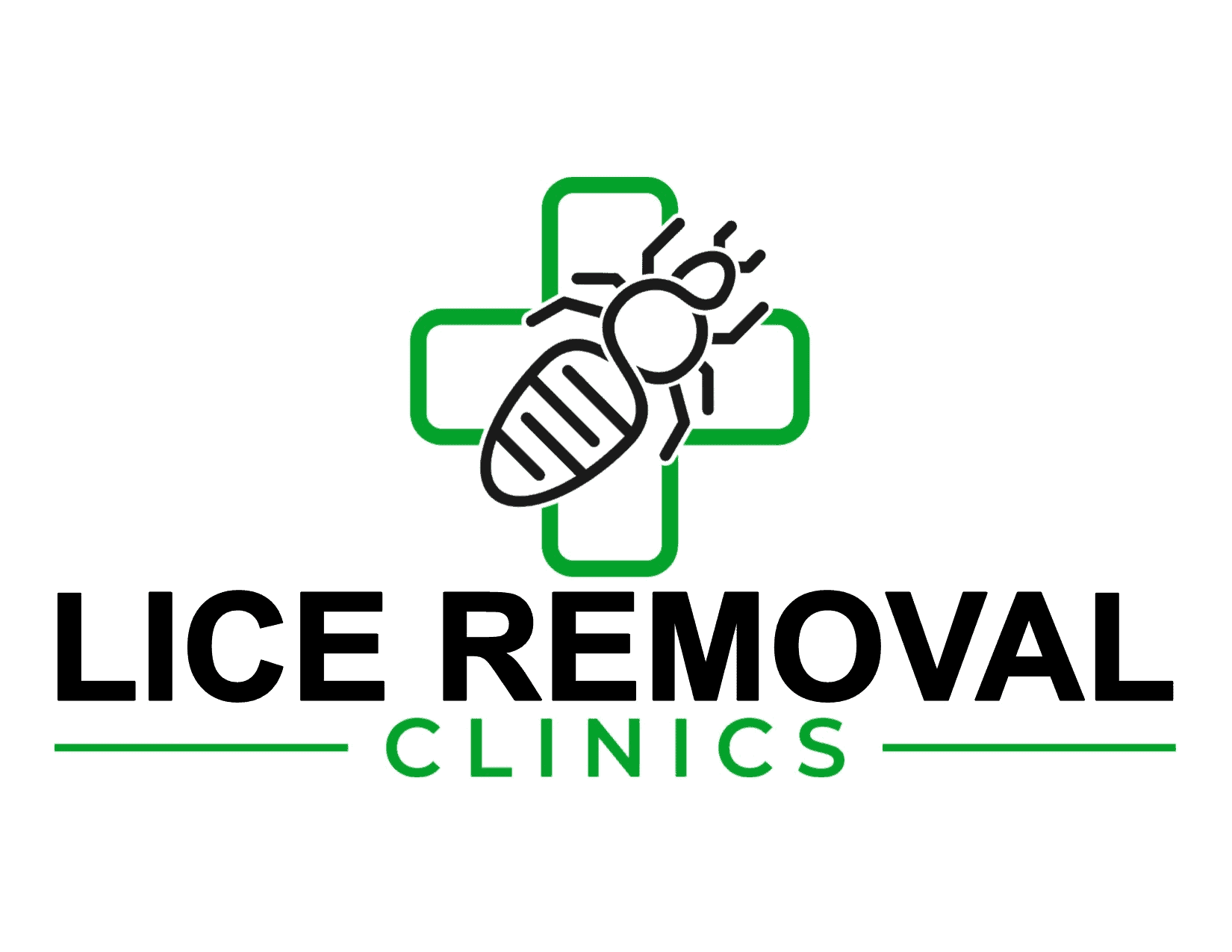Lice Myths & Facts
LEARN TO SEPARATE THE FACTS FROM THE MYTHS WHEN DECIDING
THE BEST TREATMENT FOR YOU AND YOUR FAMILY.

DID YOU KNOW?
"Lice Treatment Clinics - Castro Valley has been a godsend for our family. We’ve had three separate outbreaks of lice and every time we go to the clinic we feel well taken care of, educated, relieved and clean! We have been to other clinics, and nothing else compares. Rachel has been our clinician and she is extremely thorough and is an expert in lice prevention. She has taught me so much about how to help prevent and mitigate lice with my four children so that each successive case has been less severe. They do a good job of making the clinic feel clean and inviting. They also have a great selection of preventative care products. Although we hope to not have any more outbreaks – there’s no question where we will go if it happens. Rachel and Lice Treatment Clinics - Castro Valley is the only place I will go to feel confident about our treatment"
Katie R
No! Head lice do not jump, fly or swim. They are good crawlers, however, and will readily move from one person to another when the hair of the two people is in contact.
Although children can certainly come into contact with other children who have head lice at school, it is not the only place where a transmission might occur. Children can get infested at summer camps, sleepovers, sporting events, and other family members. Anywhere there is a group of people or head-to-head contact.
Any human with hair can get lice. A person’s degree of cleanliness or personal hygiene has little or nothing to do with getting head lice. A common misconception is that lice infestation is a result of poor hygienic practices. In fact, head lice actually seem to prefer clean hair over dirty hair.
Head lice can be seen by the naked eye but it can be very difficult. Adult lice will be the easiest to spot because they are the biggest. But at the size of a sesame seed, they still aren’t that big. Although lice vary in color, if you see a grayish-white, tan or dark bug crawling through the hair, it is probably a louse. The color of the bug depends on the age of the bug and the color of your hair. If you look closely at an adult louse, you should be able to see human blood inside it.
There are no reliable data to suggest that head lice carry or transmit disease organisms.
While itchy scalp may be a symptom of head lice it is not a definitive sign your child has lice. Itchy scalp can be caused by many things including climate, dandruff or general dry skin.
Lice cannot be transmitted from pets, and pets cannot get them from people.
When lice are in water, they go into a state of suspended animation but remain firmly locked onto the hair. This is how they survive shampooing, rain, seawater, and swimming pools. Risk of transmission will occur with the sharing of towels.
While it’s more commonly spread among children, parents and other adults are not immune. When hair has contact with another’s hair (and it will), if that person has lice, you take the risk of exposing yourself to an uninvited house guest.
